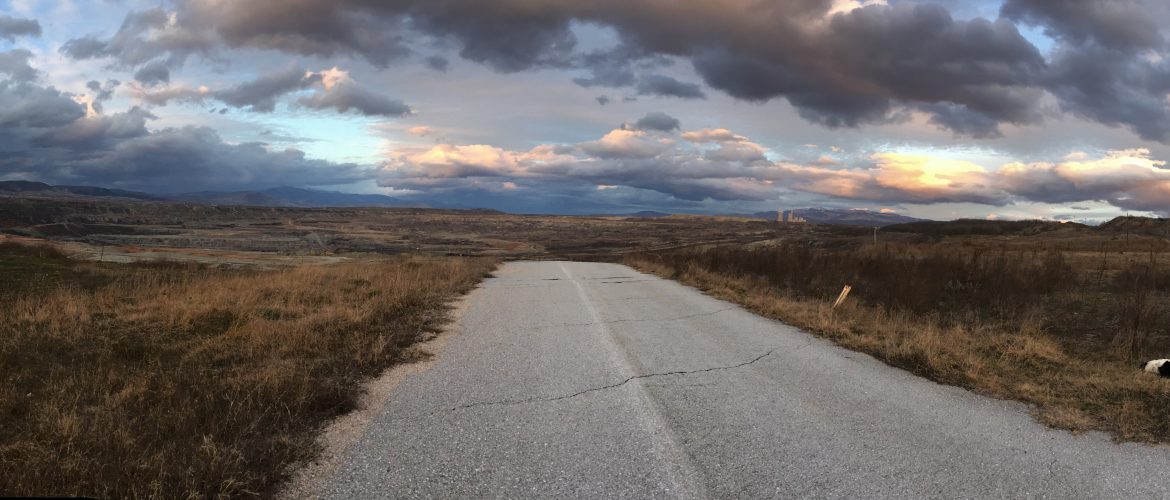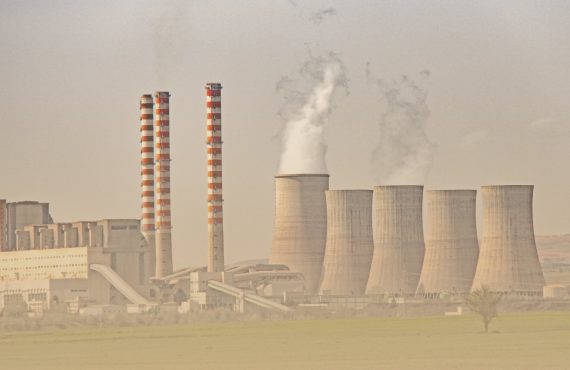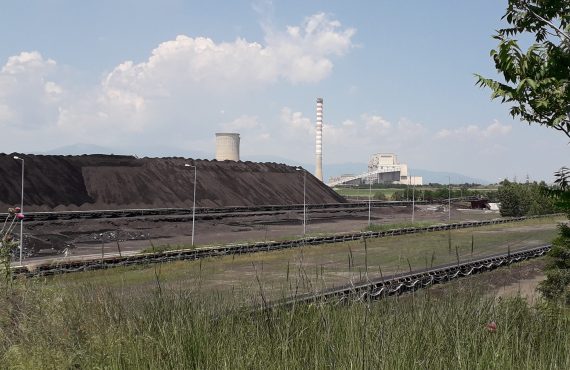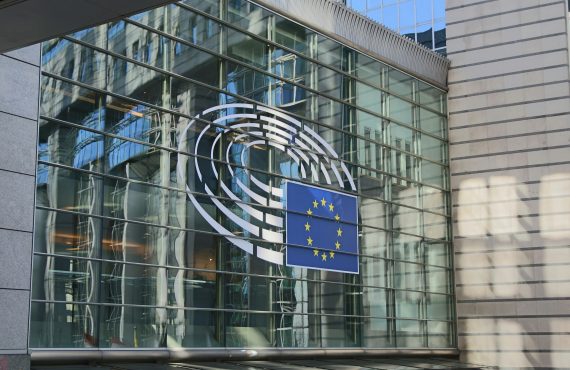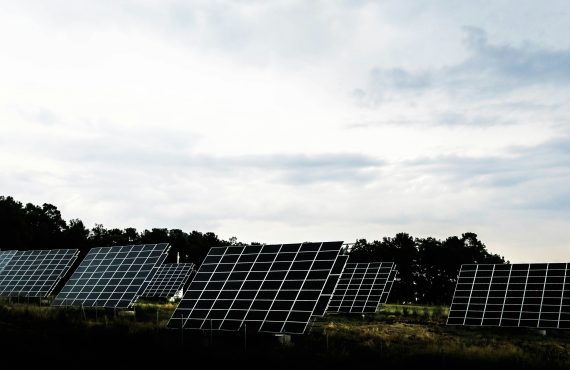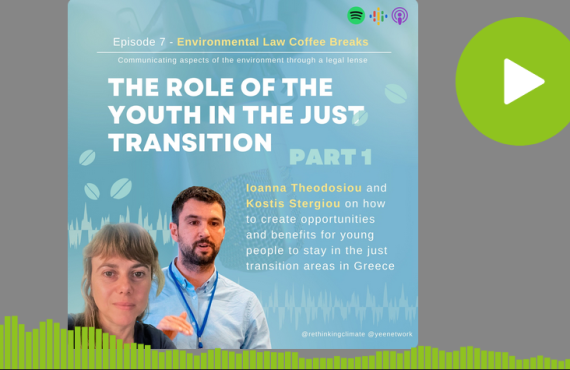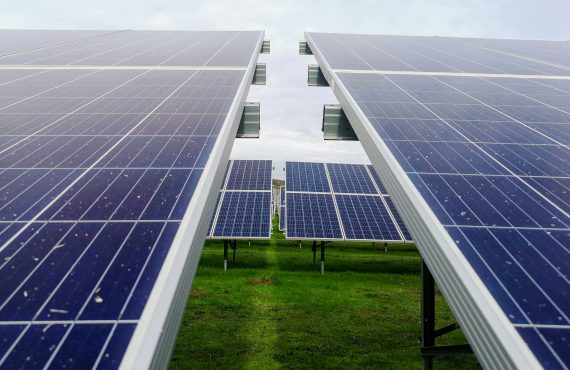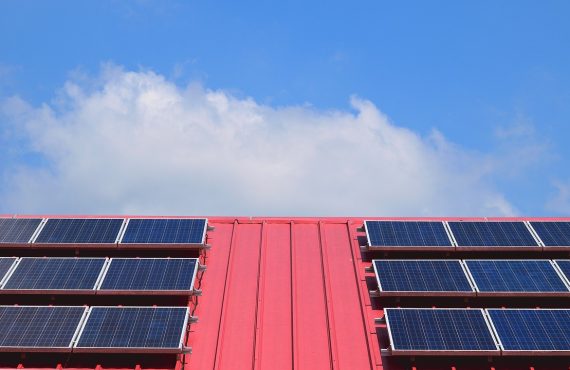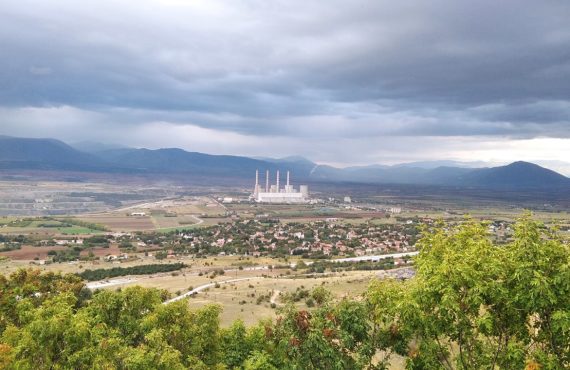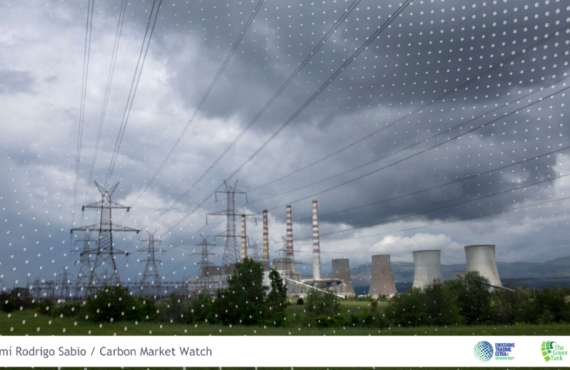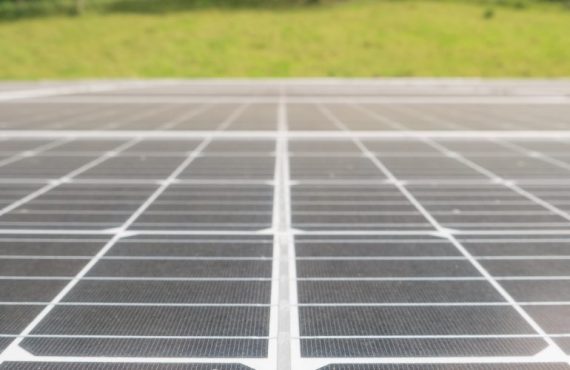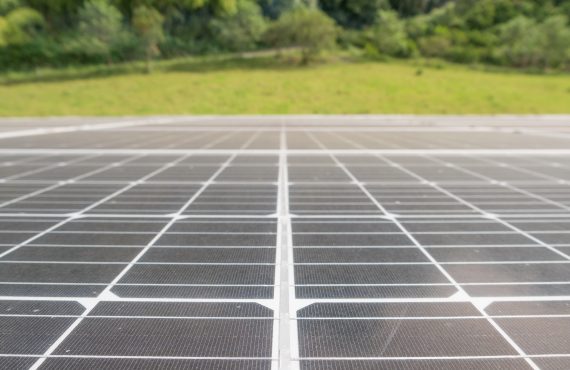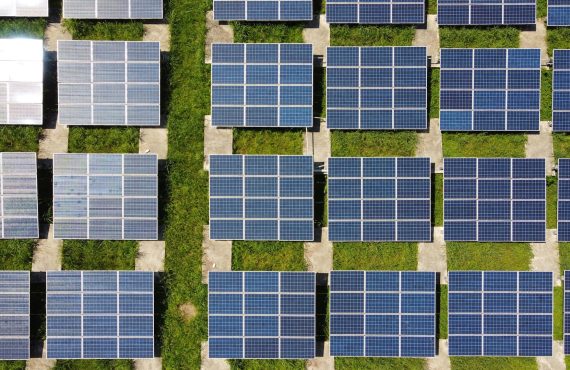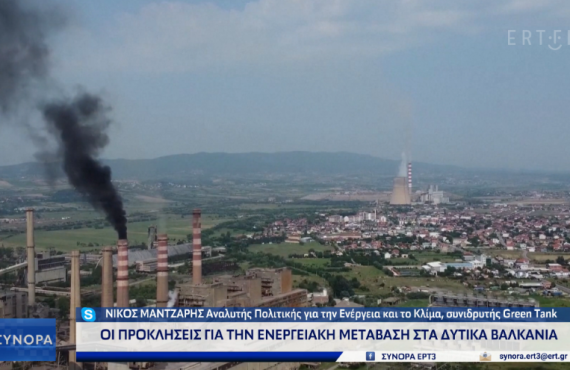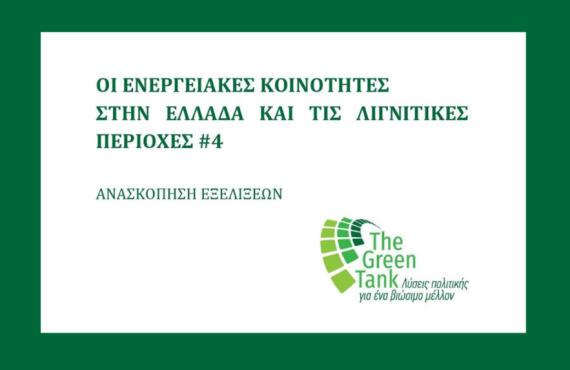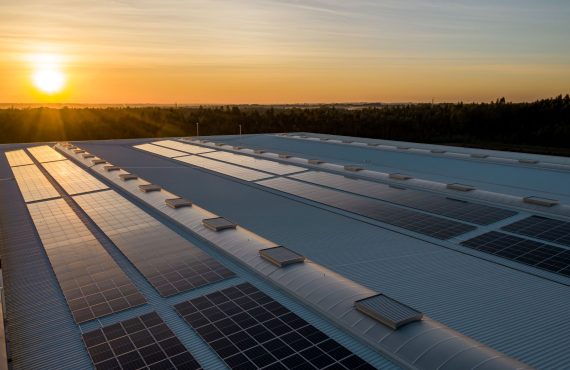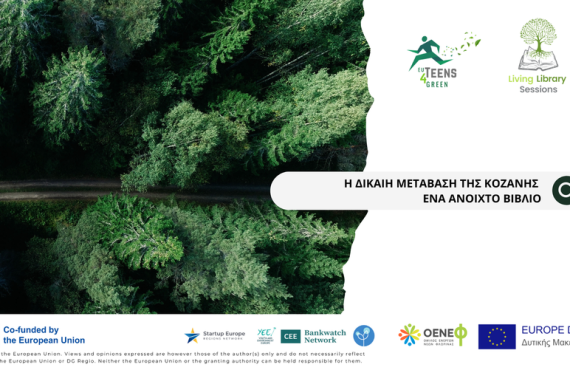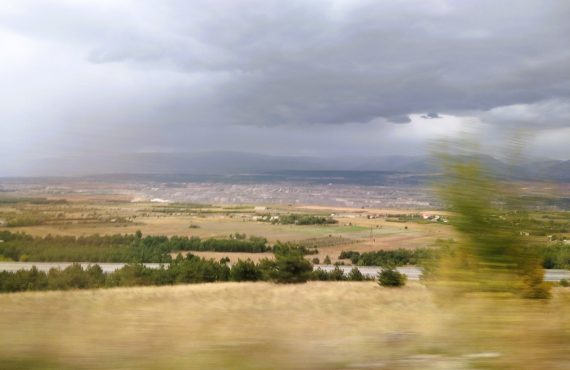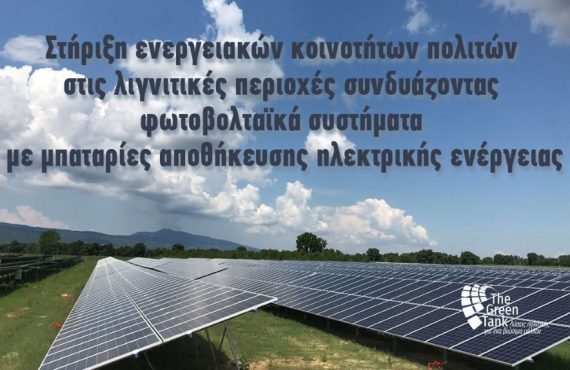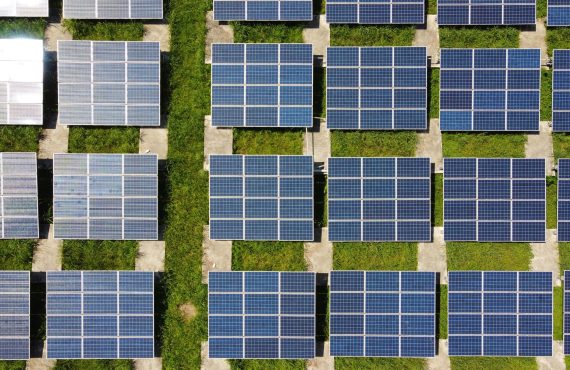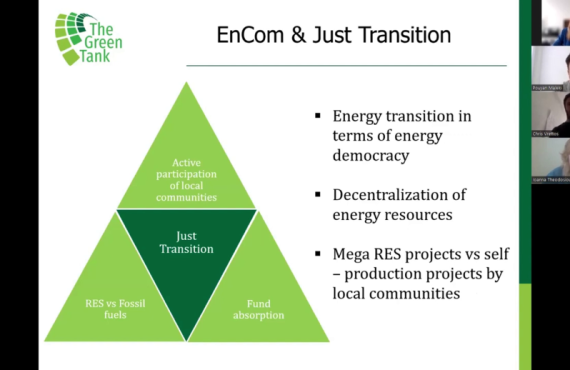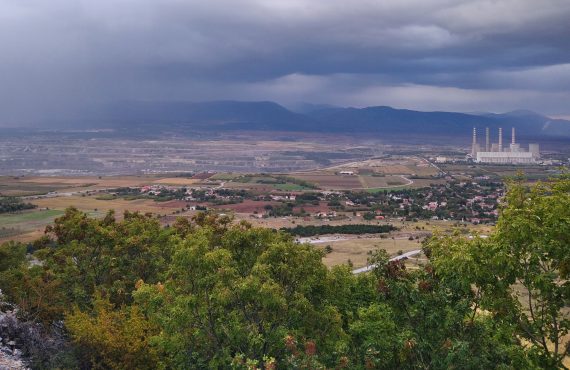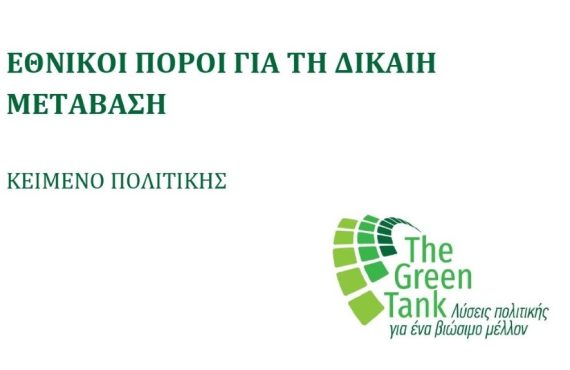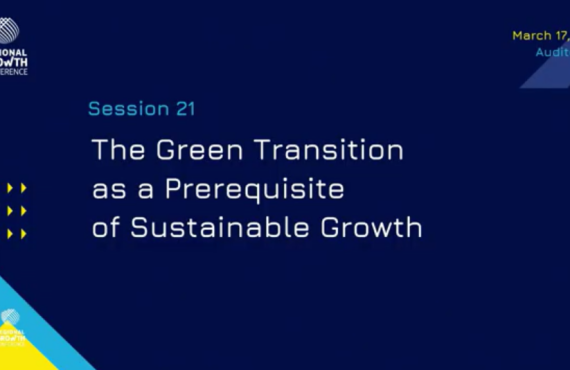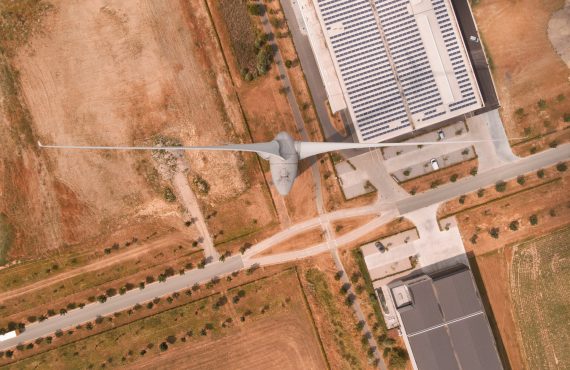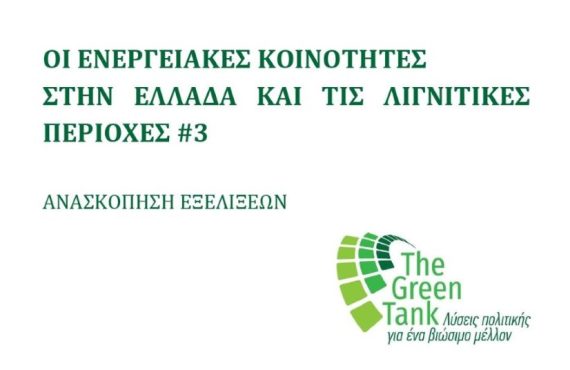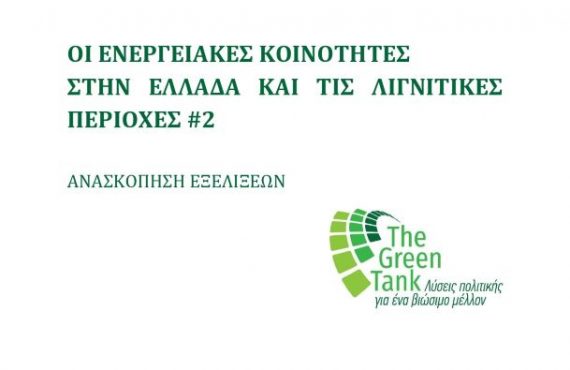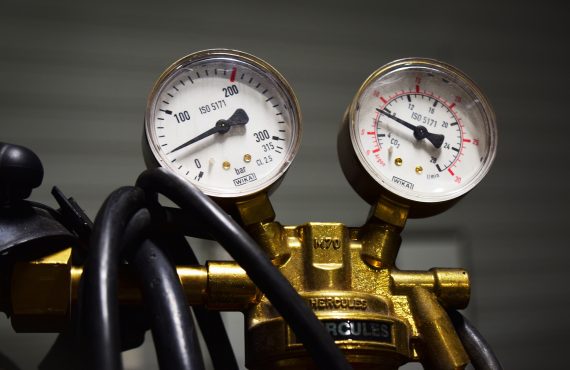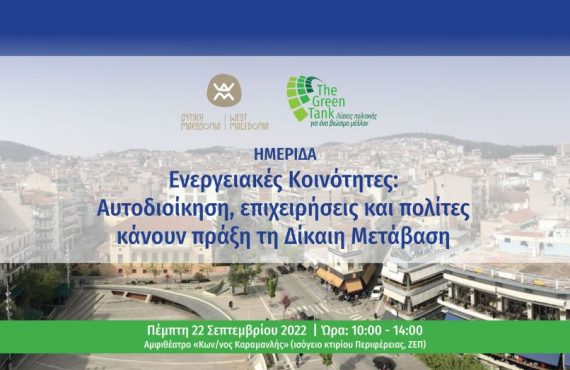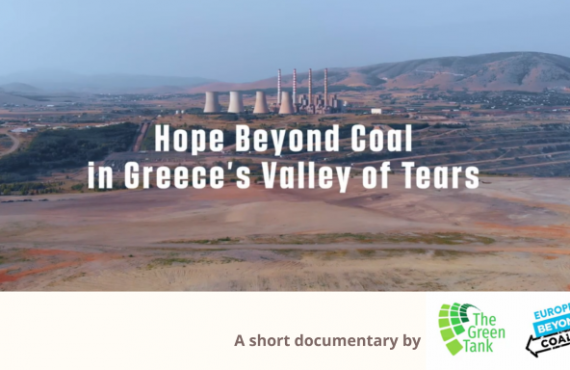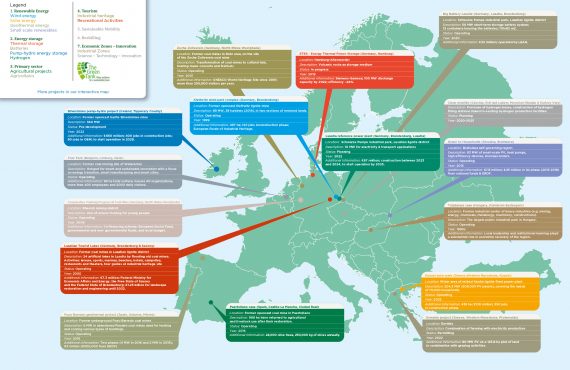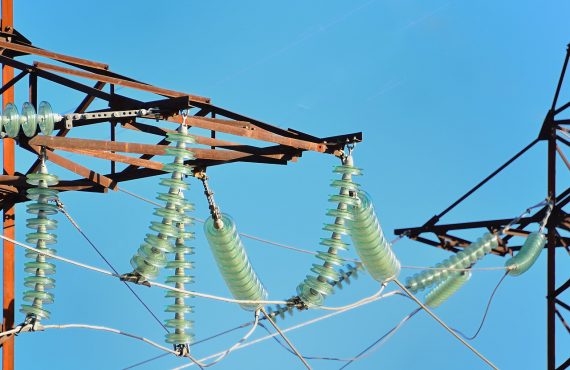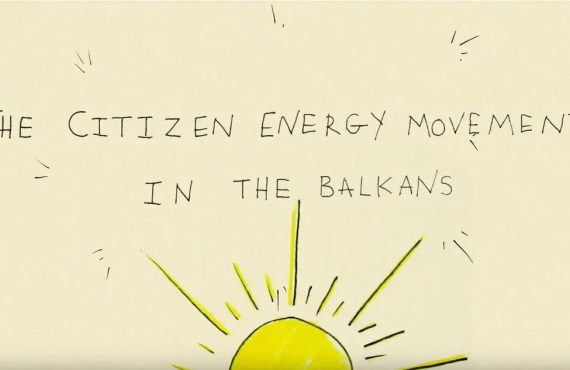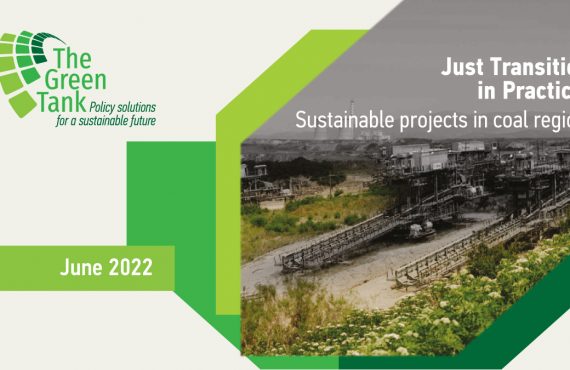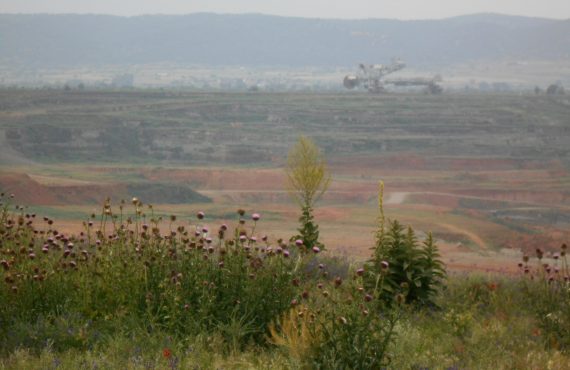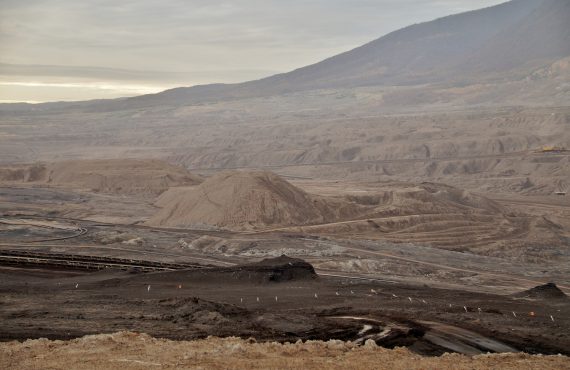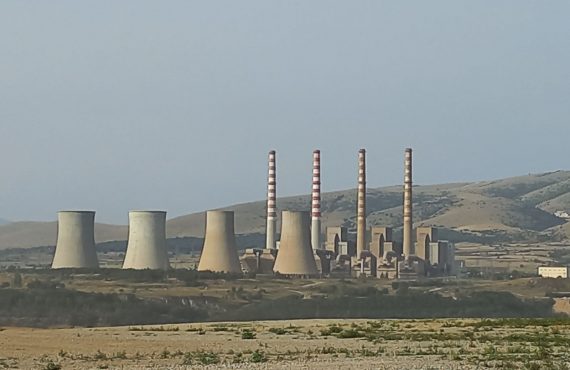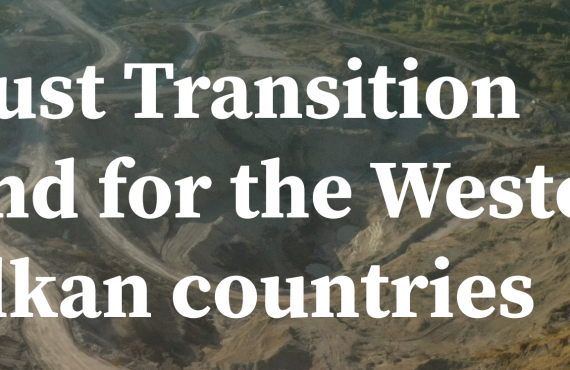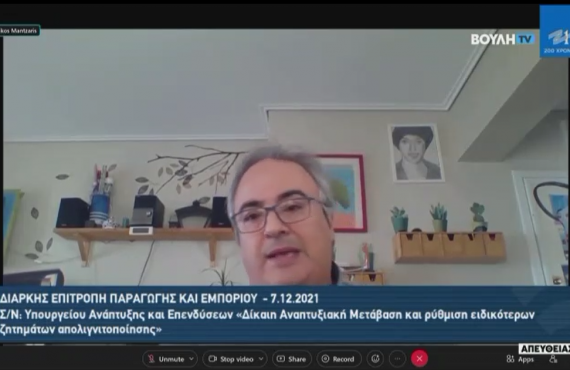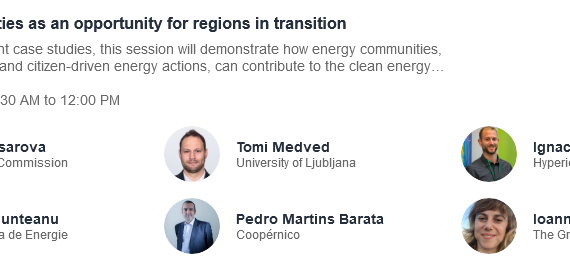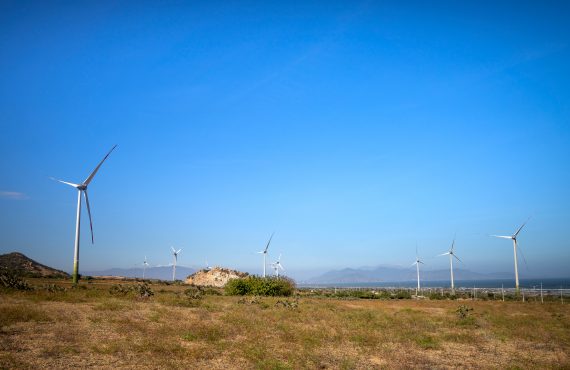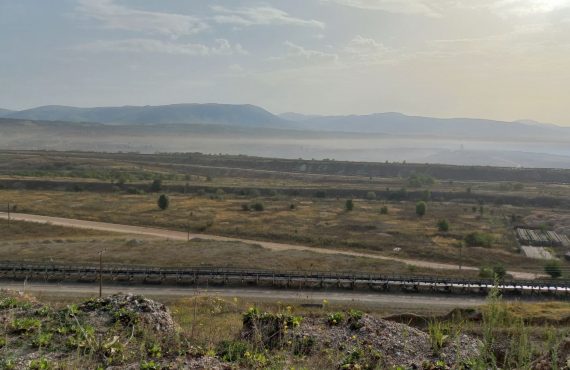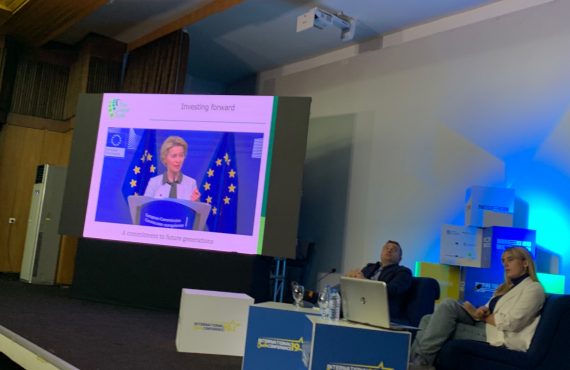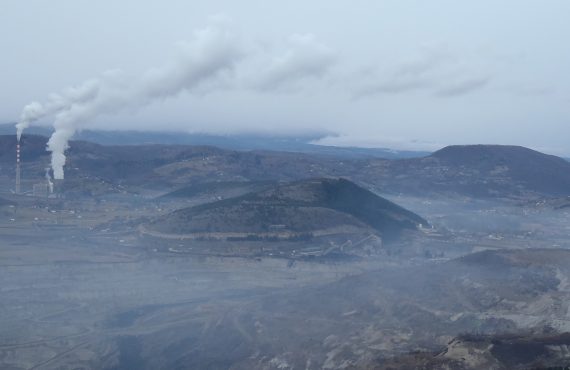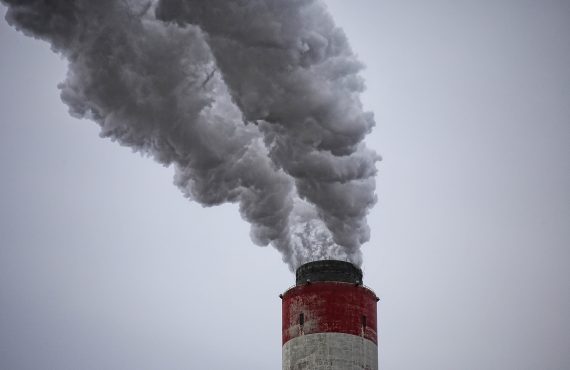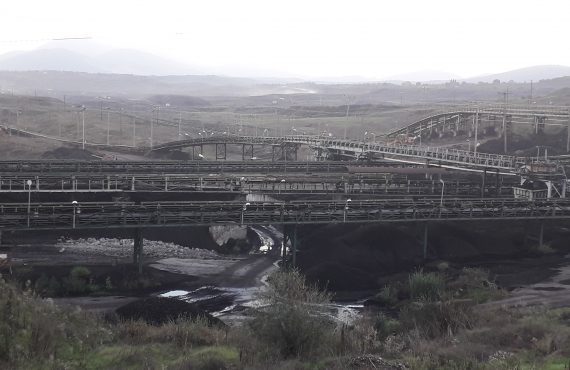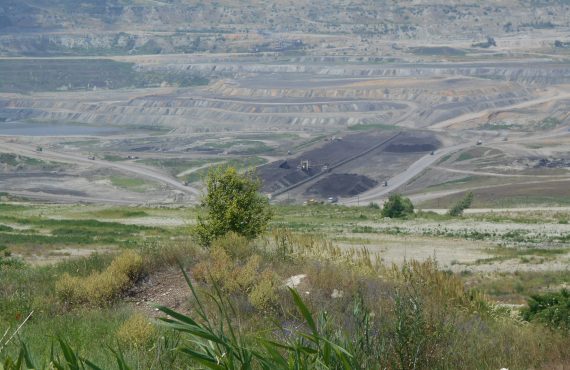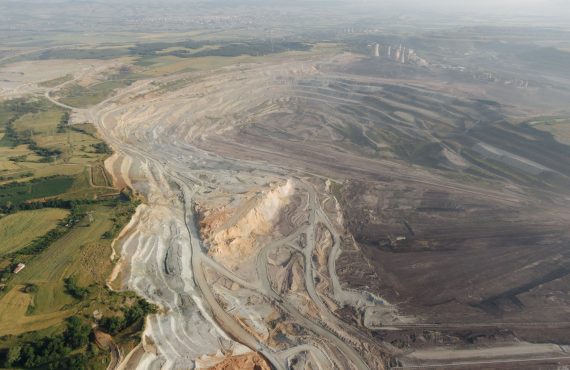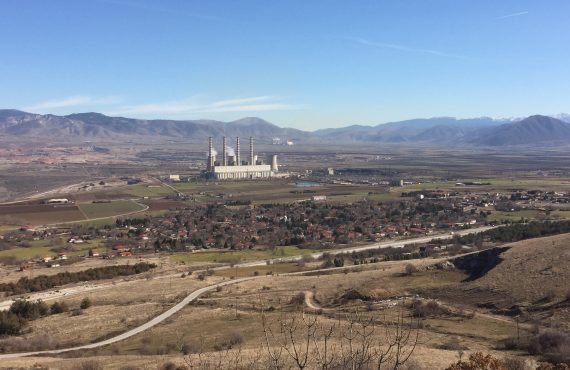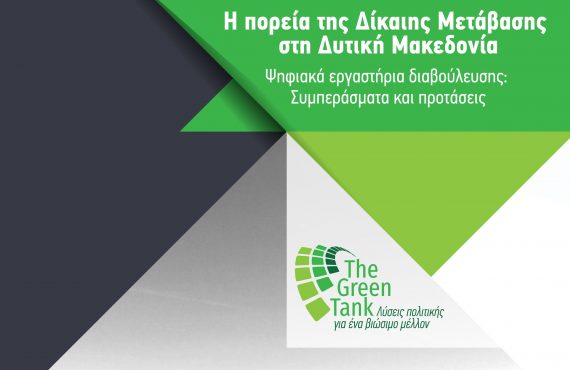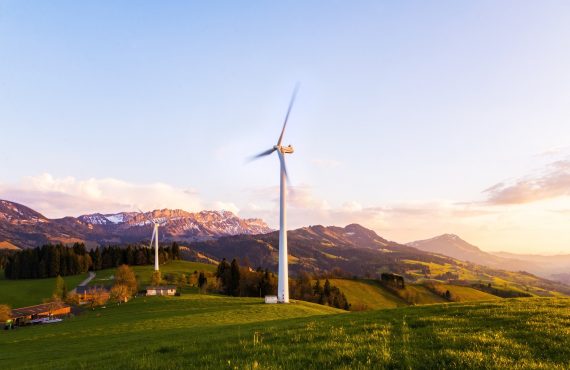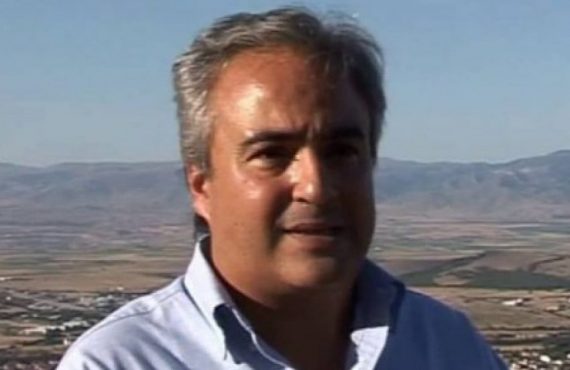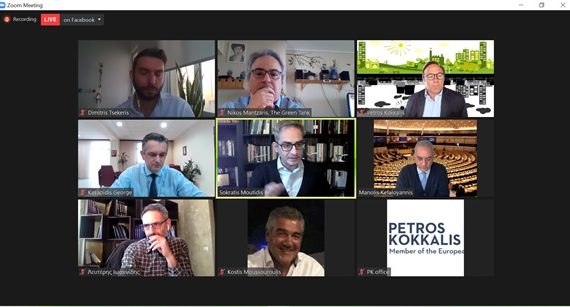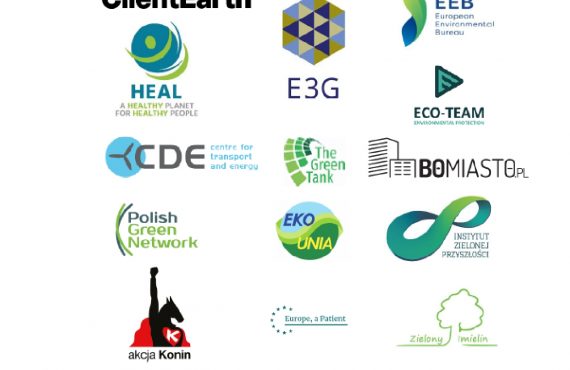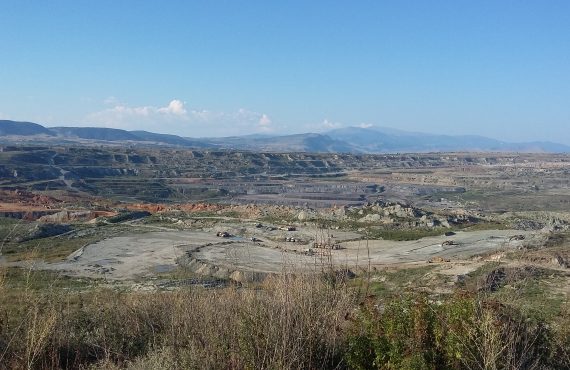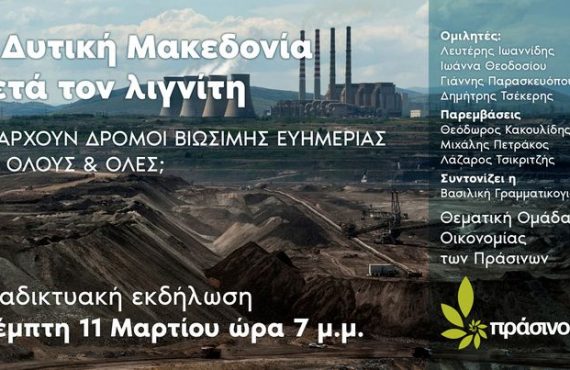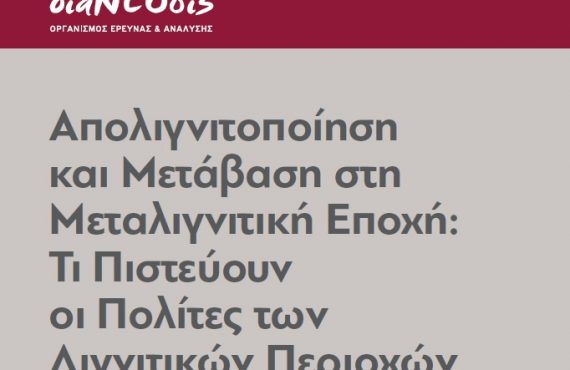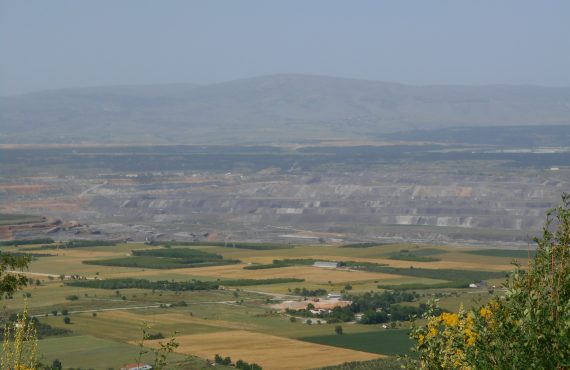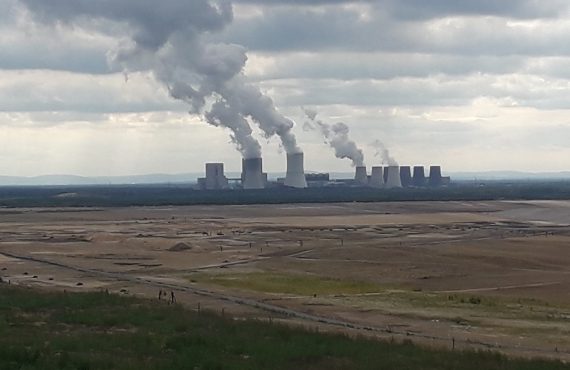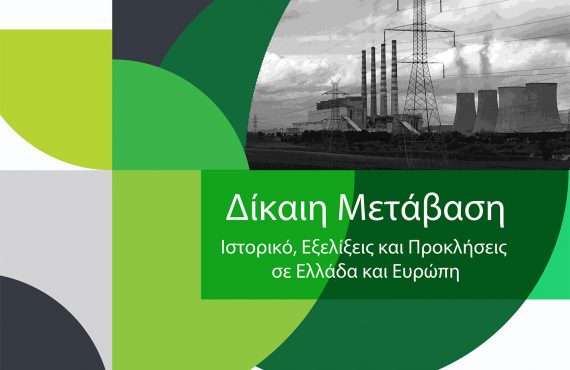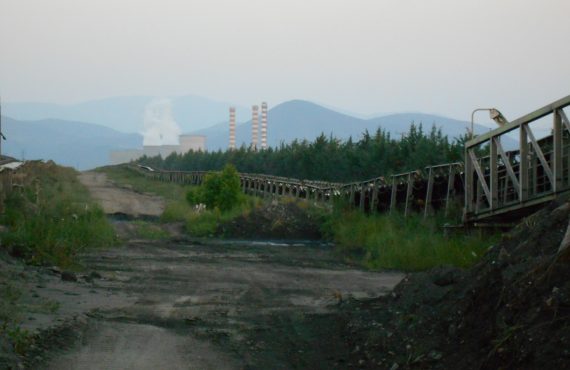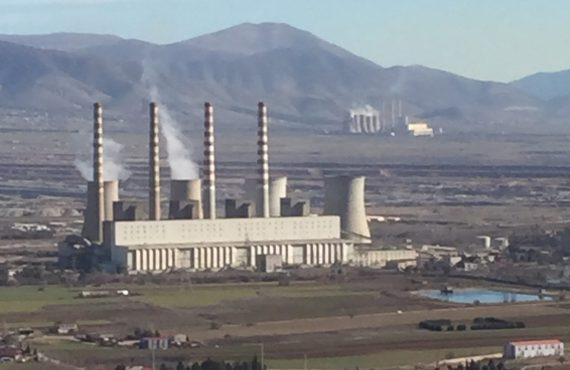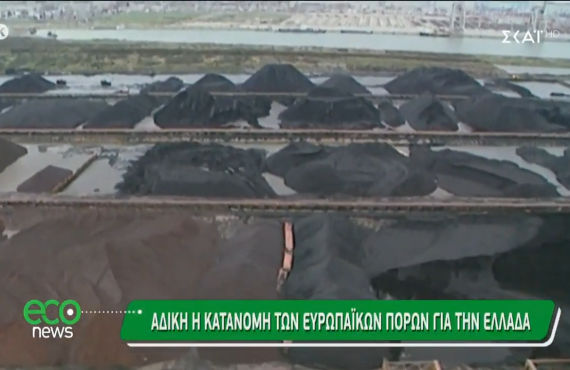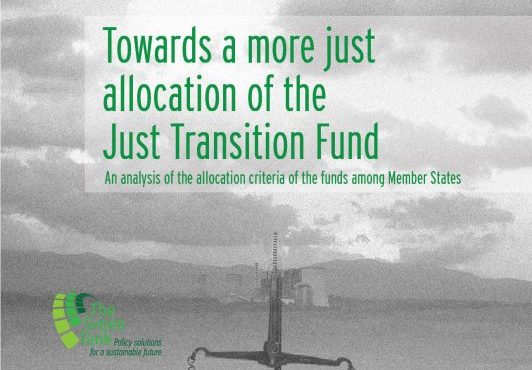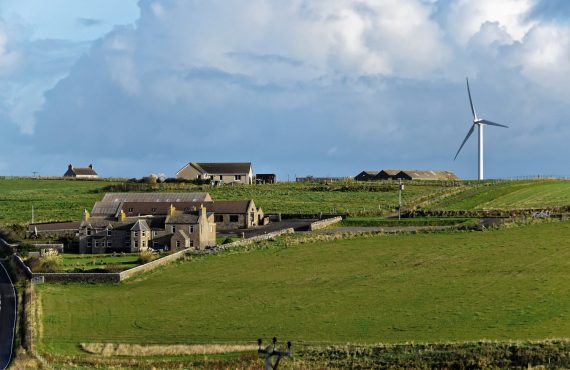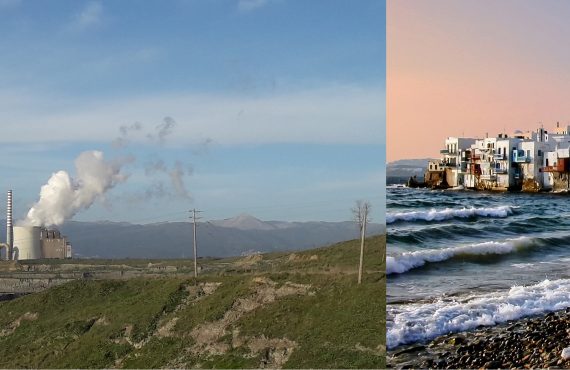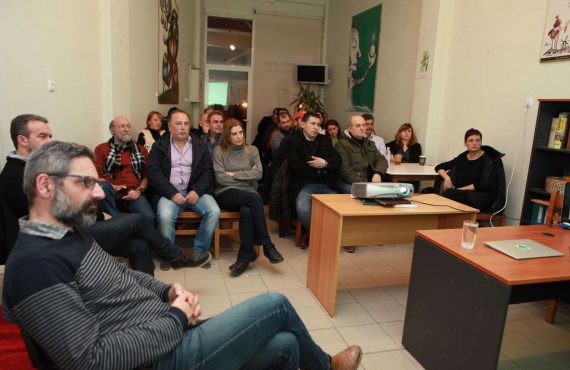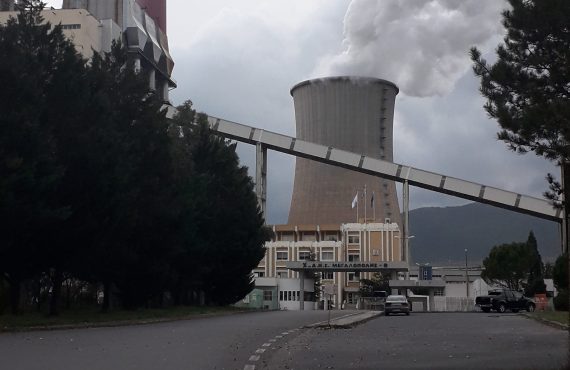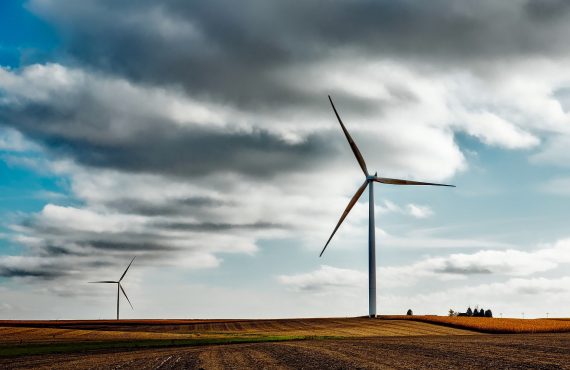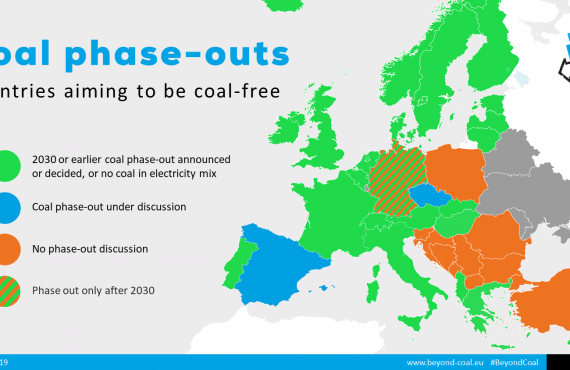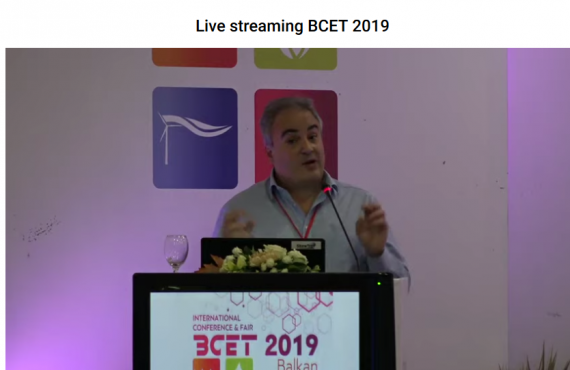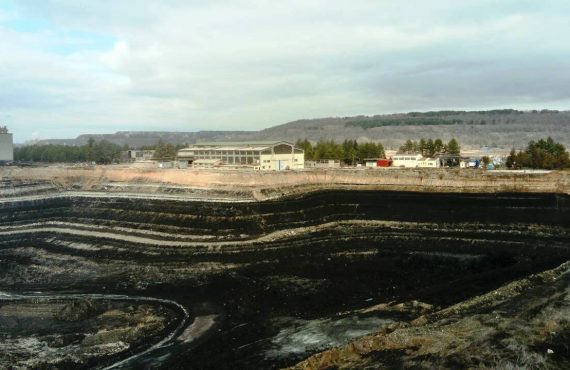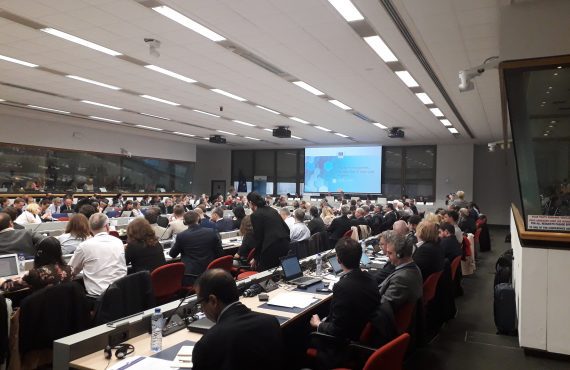It is one year since the Greek Prime Minister announced the historic commitment that Greece is to completely phase-out lignite by 2028 (at the latest), speaking at the UN Special Climate Action Summit in New York.
Since then the commitment has been integrated into the country’s National Energy and Climate Plan (NECP) and the Public Power Corporation’s (PPC) new business plan, which includes a specific retirement timeline of all existing plans by 2023, with the new lignite plant – currently under construction – Ptolemaida 5, remaining the only plant in operation until 2028. Recently, the Minister of Environment and Energy announced that one of the plants (Megalopoli 3) will retire six months earlier.
The electricity mix
Besides the announcements, the written commitments and statements, the share of lignite in Greece’s energy mix has experienced a huge decrease throughout the period that followed the Prime Minister’s announcement.
Every month since October 2019 lignite decreased from 14% (February) to 75% (June) compared to the corresponding month of the previous year. A cumulative decline that exceeds 45% in the period October 2019-July 2020 is recorded in comparison to the same period a year before (October 2018-July 2019).
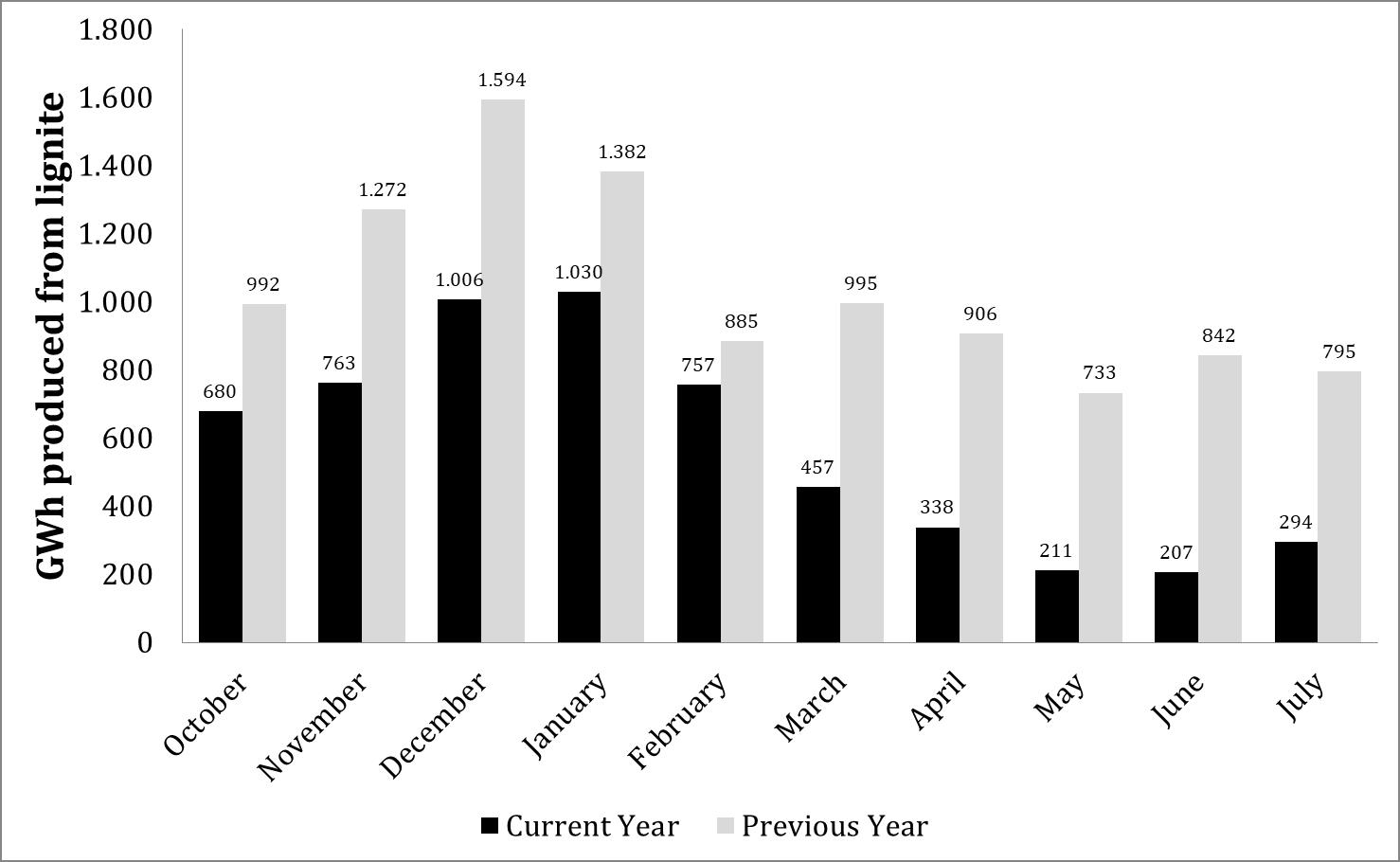
In fact, on May 20, 2020, no lignite plant operated in Western Macedonia, while on June 8, 2020, for the first time, lignite did not contribute a single KWh to the interconnected system after 64 consecutive years of uninterrupted lignite production.
While lignite recorded historic lows, the share of renewable energy sources (RES) was increasing. In the period October 2019-July 2020, the contribution of RES to the interconnected system (including large hydropower plants and CHP units) increased by 15.5%, while at the same time fossil gas experienced a marginal decrease of 3.1% compared to the same period of the previous year.
On September 14, 2020, according to ADMIE data, the percentage of RES along with large hydropower plants reached a record high, covering 57% of electricity demand in the country, with wind energy recording a 40% share on the same day, the highest in Europe.
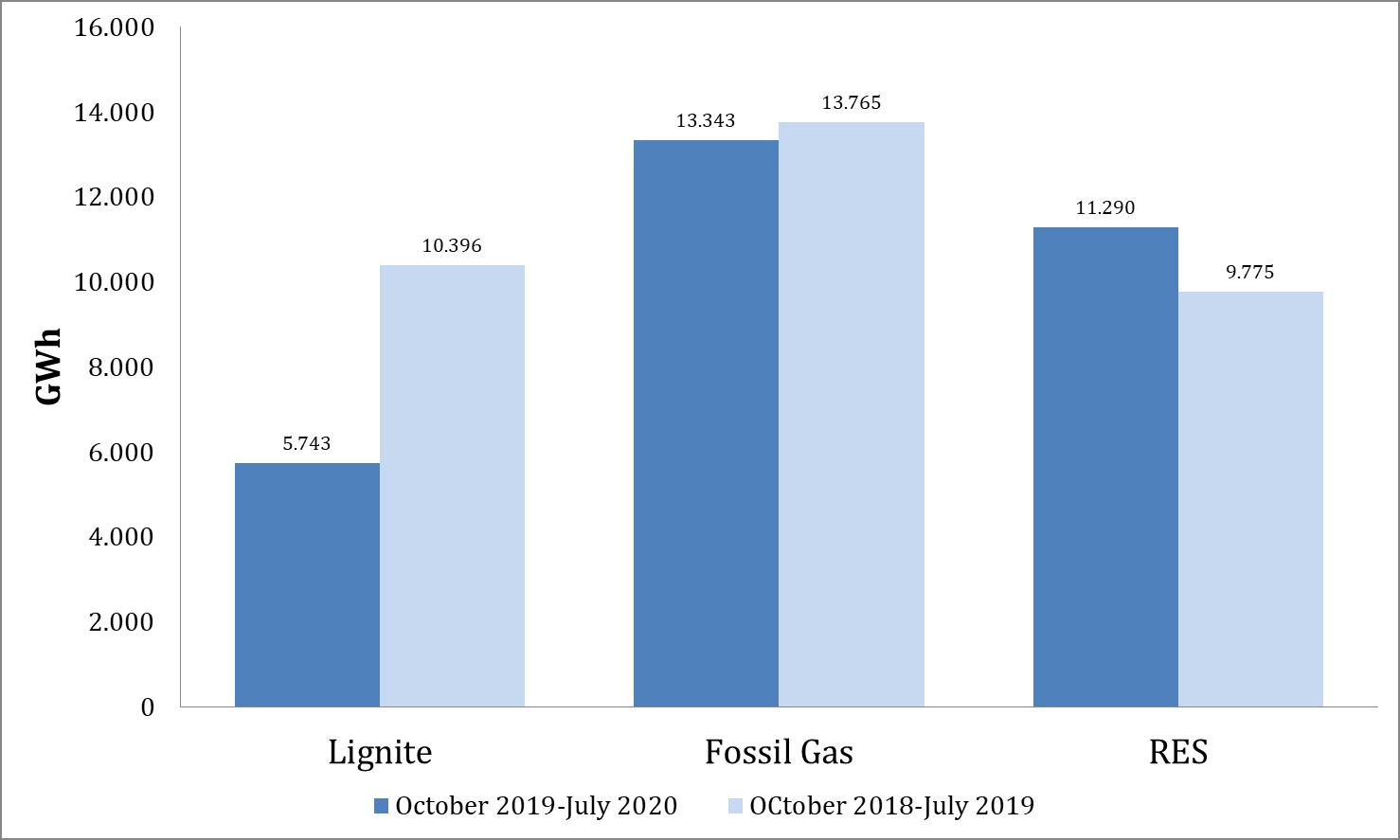
However, a notable increase of net imports by 25% is also noted when comparing the two periods. This increase was observed mainly in the last quarter of 2019, whereas in the first seven months of 2020 the decrease in demand also reduced the need for imports, which exhibited only a small increase of 3.7% compared to the same period last year (January-July 2019).
The reactions
In the face of these developments, which undoubtedly lead to a very significant reduction in the carbon footprint of electricity generation in Greece, the opposition parties (mainly SYRIZA and KINAL) as well as a significant portion of local communities, trade unions and local chambers and associations appear to be uneasy. They avoid clearly acknowledging the fact that the front-bearing lignite phase-out was and continues be a one-way street due to the obvious benefits to public health and the environment, the ambition of EU climate policy, and the negative economic reality for lignite. The latter was proven beyond any reasonable doubt by the complete indifference of the market itself in the attempt to sell part of the PPC lignite portfolio in 2019, which failed miserably both times.
The main reason for this new reality is the rise in in CO2 prices due to the changes decided at the EU level in the 2015-2017 EU ETS reform. Now that the EU greenhouse gas emission reduction target for 2030 has just been increased from 40% to at least 55%, what exactly do we expect from the new revision of the same directive that will start in 2021? Falling CO2 prices, a reversal of the situation and a revival of coal and lignite across Europe or perhaps a further spike in CO2 prices and an acceleration of coal and lignite phase-out?
The refusal by key stakeholders to publicly accept the end of lignite causes confusion among the local communities in lignite regions, giving life to unfounded hopes that the status quo could be maintained. And this is happening exactly when attention at the national and EU levels is focused – as it should be – on the lignite regions. During this crucial period, when significant resources for the revitalization of the local economies are available, local communities and their representatives should be seeking creative solutions for their future, and not be consumed in groundless quests for the extension of the lifetime of lignite plants.
The challenges
The two biggest challenges for the immediate future are the developmet of a coherent, sustainable and long-term plan for the future of the lignite regions and the provision for sufficient funding for its implementation. The need for sufficient funding is obvious, as despite the activation – at last – of the National Just Transition Fund, the corresponding resources are neither sufficient nor mobilized based on a comprehensive plan.
As far as the first challenge is concerned, it is of paramount importance that the plan is comprised of truly sustainable investments, which will not jeopardize the future of the lignite regions, as was the case with decisions of the recent past (see Ptolemaida 5). The notion of sustainability is not an abstract one; there is now a European Regulation that defines which investments are sustainable and, therefore, also eligible for EU funding and which are not. The initial plan that was presented in Western Macedonia has profound problems in relation to the sustainability criteria it is based on, as it proposes new fossil gas power plants with a total capacity of more than 1500 MW. In the draft to be submitted for public consultation this error must necessarily be corrected.
In any case, the master plan cannot be just a list of investment projects, no matter how encouraging it is that there is investment interest for the lignite regions. It should be based on a long-term strategic plan and a vision that links its contribution to the shift of the productive model of the country as a whole, in a sustainable consistent with the climate neutrality goal.
Central to the success of the resurrection of the lignite regions’ destroyed economies is public participation in the planning and governance of the transition. Local communities, their representatives, local actors, workers, and civil society must not only watch from afar the development of a top-down plan but must be actively involved in it. They must also play a central role in the governance of the transition during the implementation phase. As in the case for the sustainability of investments, public participation in the planning and governance of the transition of lignite areas is not a theoretical issue either. It is set out in the new Regulation on the European Just Transition Fund, which will be completed by the end of the year and will constitute the main pillar for financing the transition in lignite regions.
With regard to the second challenge, that of financing the transition, the coming months will be crucial as the allocation criteria of the resources of the European Just Transition Fund among Member States will be finalized. Currently, they are completely unfair to Greece and other countries with ambitious lignite and coal phase-out commitments.
Last week, the Greek MEPs of ND, SYRIZA and KINAL sent a resounding and hopeful message of unity to both the leaders of their parties and their representatives in lignite regions, setting aside partisan barriers and jointly supporting the amendments tabled by the GUE MEPs. P. Kokkalis and D. Papadimoulis for changing the allocation criteria.
The success of the Transition in lignite regions towards a new, sustainable reality requires the same unity at national and local levels, overcoming short-sighted partisan considerations, and focusing on creative proposals for the transformation of the local economies.
Can we do it?



